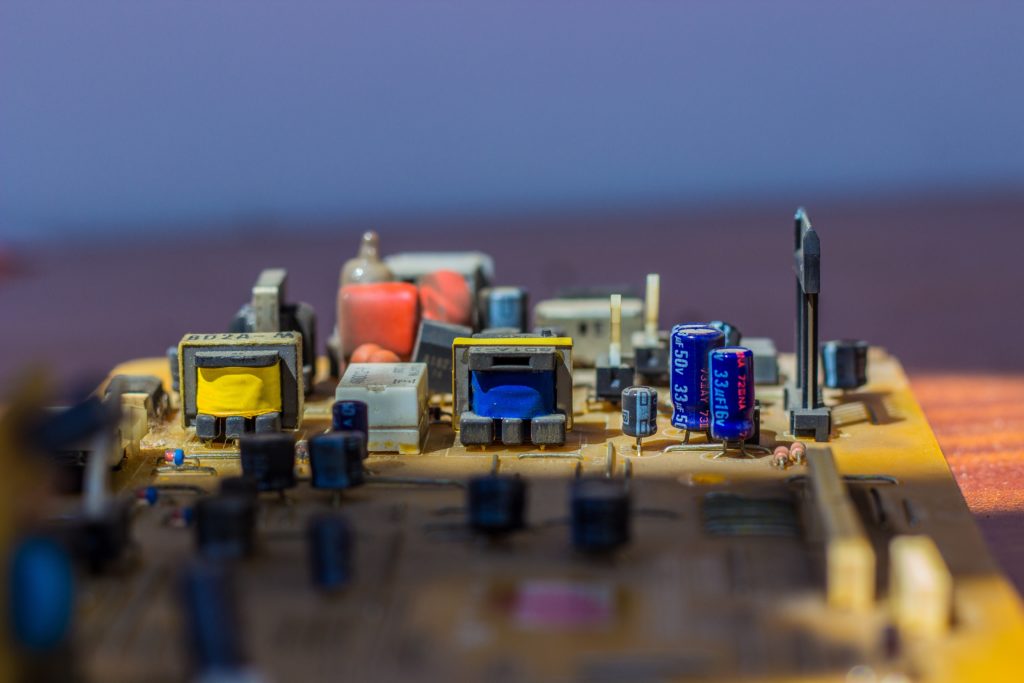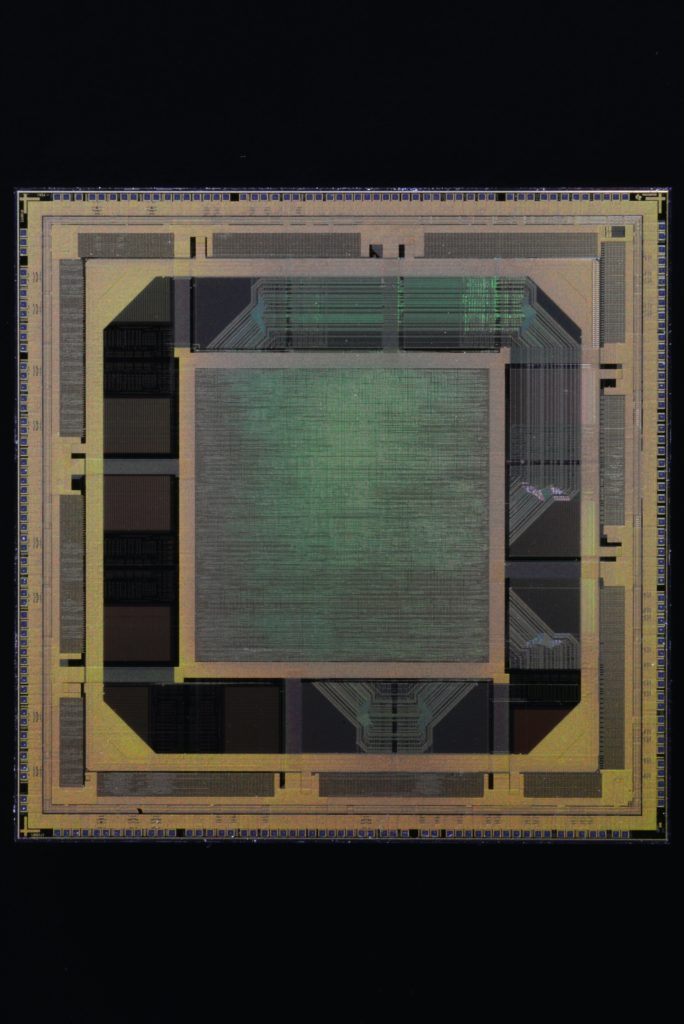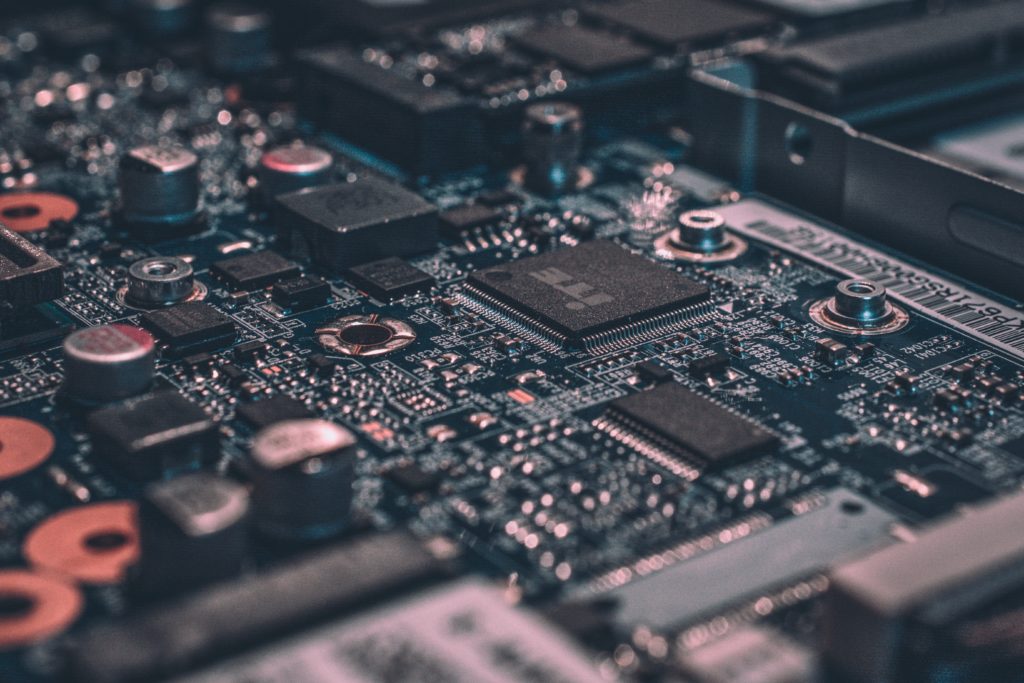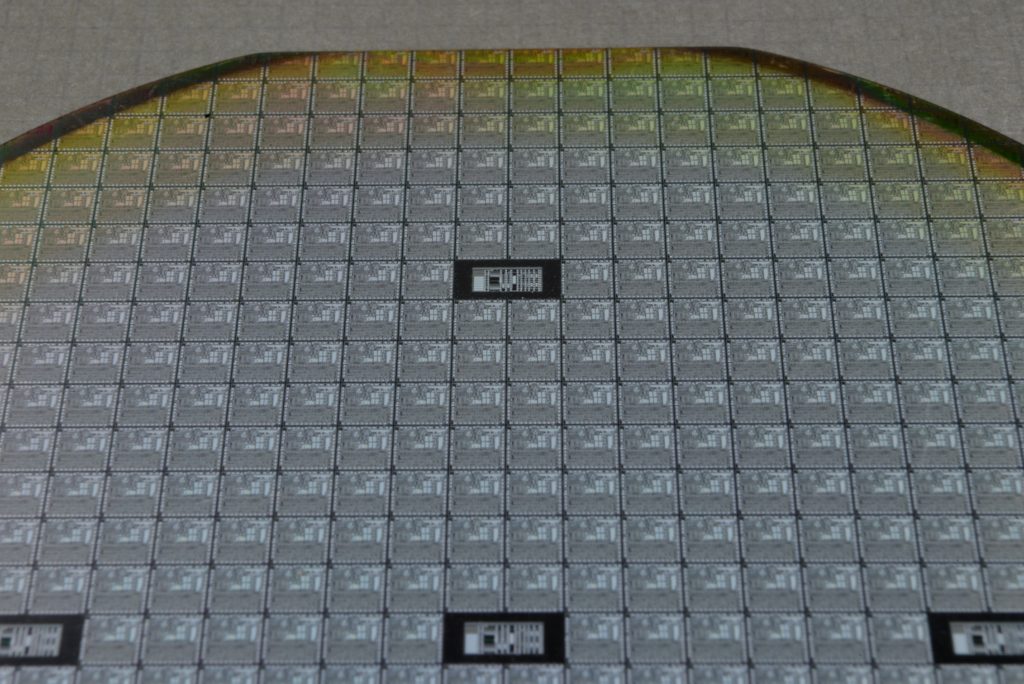Image Generated Using DALL-E
The semiconductor industry, often termed the backbone of modern technology, is crucial for advancing and sustaining almost all major sectors, from telecommunications to automotive. As the world rapidly transitions towards a more digitized future, the significance of semiconductors has escalated, leading to a global race in semiconductor manufacturing.
With its ambitious plans and vast potential, India has entered this race. However, the journey to becoming a semiconductor powerhouse has numerous challenges. Below is a comprehensive overview of the multifaceted hurdles that the Indian semiconductor industry currently faces, from infrastructure and skilled workforce shortages to global competition and policy constraints.
Skilled Workforce Shortage: India has a large pool of design engineers. However, semiconductor engineers are scarce with expertise in device physics and process technology, which are essential for chip fabrication and manufacturing.
High Capital Investment: Setting up a semiconductor manufacturing unit involves enormous investment, with the cost of building a new fab estimated to be over one billion U.S. dollars. Additionally, these facilities require well-trained teams and the capacity to support large production volumes from the outset. Currently, India is behind in both.
Global Competition: India faces stiff competition from established semiconductor manufacturing hubs like China, Taiwan, and South Korea. Building a complete domestic value chain for semiconductors is challenging, mainly when a significant portion of this value chain is outside of India.
Government Incentives And Policy Response: The Indian government’s incentives under schemes like the “Modified Scheme for Semiconductors and Display Fab Ecosystem” have received a lukewarm response, suggesting that the incentives might not be sufficiently attractive compared to other geographies. There is skepticism among global chip giants regarding setting up manufacturing in India.
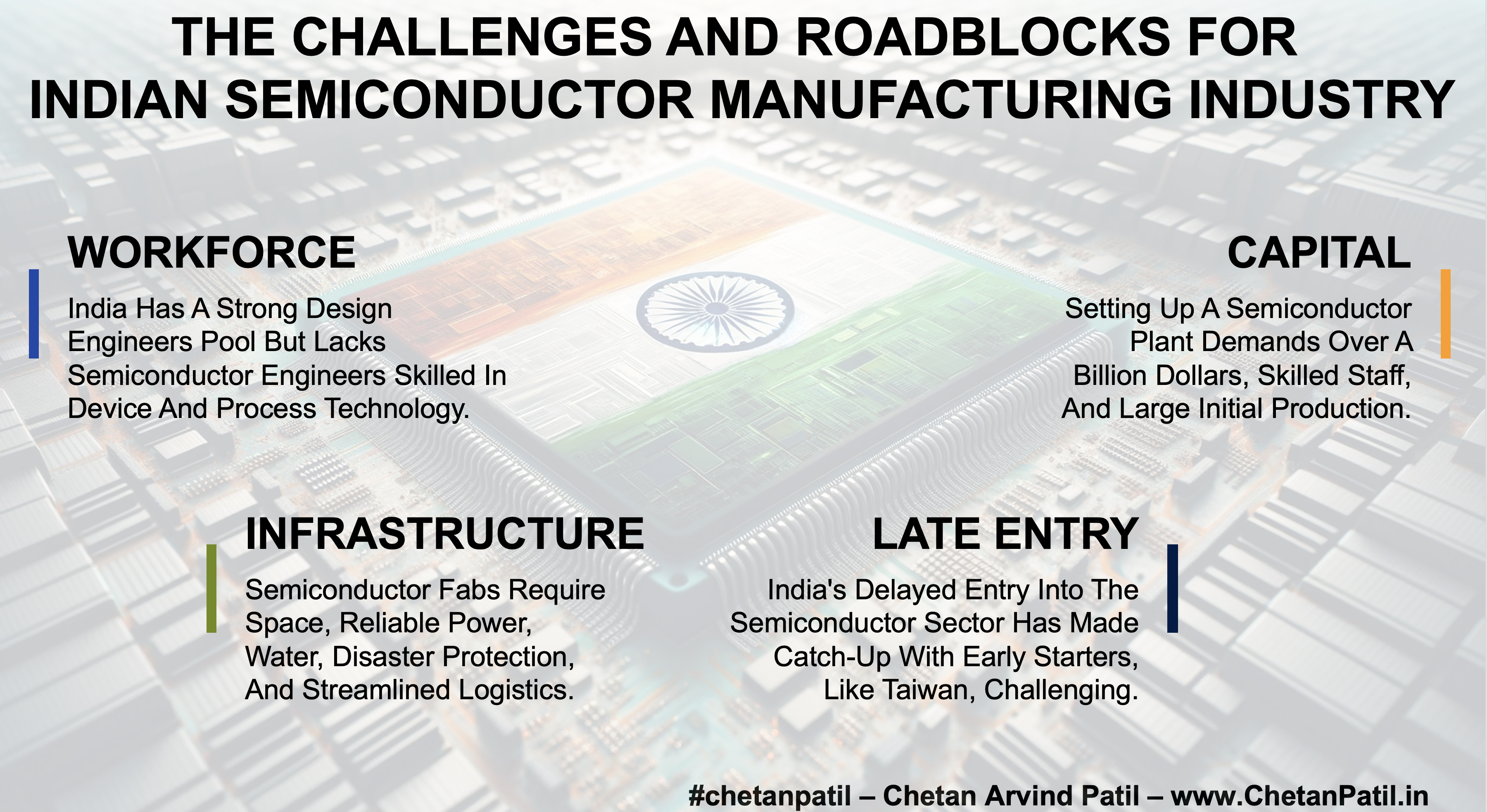
Late Entry: India missed early opportunities to establish itself in the semiconductor industry. This delay has made it challenging to catch up with countries that started developing their semiconductor industries decades ago, such as Taiwan.
Comparison: Taiwan, a global leader in semiconductor manufacturing, offers a stark contrast to India. It has a complete semiconductor manufacturing, packaging, and design ecosystem supported by skilled labor, investment in infrastructure, technological expertise, and strong government backing. In contrast, India struggles with infrastructure limitations and needs an established ecosystem.
Cost Competitiveness: Global chip manufacturers are hesitant to operate in India due to cost competitiveness and infrastructure challenges. India’s ability to compete with established semiconductor manufacturing hubs regarding cost-effectiveness and access to advanced technology is a significant hurdle.
Logistical Challenges: Semiconductor manufacturing facilities, or ‘fabs,’ require significant space, uninterrupted power, and a substantial water supply. India’s infrastructure, regarding reliable power supply and water resources, is still developing. Additionally, the proximity of airports and customs facilities is crucial for importing and exporting key components. In India, customs clearance can be time-consuming, and the lack of developed infrastructure around potential fab sites poses a challenge.
As India strives to carve out its niche in the semiconductor industry, it becomes clear that overcoming these challenges requires a multifaceted approach. It involves significant government support in terms of policy-making and financial incentives and a focus on building a skilled workforce and robust infrastructure. Collaborations with global leaders in the field, fostering a conducive environment for R&D and ensuring a steady supply chain are equally critical.
In conclusion, the journey of the Indian semiconductor industry is symbolic of the broader challenges emerging economies face in high-tech sectors. The lessons learned, and the successes achieved in this endeavor will shape India’s technological capabilities and serve as a blueprint for other nations aspiring to enter such complex and competitive fields.






